Creating a vibrant Iris garden involves more than just planting iris flowers. It’s about selecting the right companion plants to enhance their beauty and growth. When it comes to bearded iris companion plants, choosing the right plants can improve the health and visual appeal of your garden flower beds. Companion gardening with plants that have similar sunlight and soil preferences helps in growing irises more successfully. Discover what to plant with iris flowers including perennials, herbs, and shrubs.
Get ideas about which plants to avoid planting near iris flowers as well. You will also learn about the best time to plant irises, the best place to plant irises, the best fertilizer for irises, the watering needs of irises, and the best way to propagate irises to increase the number of your plants. You will also find a handy quick reference chart that lists all of the hosta companion plants in one place. Let‘s get started!
Table of Contents
My Iris Companion Plants Backstory
Years ago, my husband and I visited Cooley’s Iris Garden (sadly no longer in business) and chose a variety of irises for a border row between our vegetable garden and driveway.
They have thrived, and we now (due to dividing) have irises in a variety of colors growing throughout our landscape. We have also been the grateful recipient of some lovely “friendship flowers”, which are treasured irises given to us by dear friends and family. I love how easy it is to grow irises in our USDA Zone 8b property. Other than weeding around the rhizomes, the irises require very little care. They are integral components of our borders, perennial gardens, and anywhere we need to fill a spot with a reliable bloomer. Read on for iris planting and growing inspiration!
Iris Companion Plants: Flowers
Here are some of the best companion flowers to plant alongside irises. They not only enhance the beauty of your garden but also complement the growth habits and care needs of irises.
Peonies: Peonies bloom around the same time as irises, creating a beautiful color combination. Their large blooms contrast well with the slender iris flowers.
Alliums: The tall, round blooms of alliums add height and texture to a garden with irises. They also help repel pests, which can protect irises.
Daylilies: Daylilies bloom a bit later than irises, extending color in the garden. Their grassy foliage complements the vertical leaves of irises.
Columbines: Columbines bloom in spring and come in various colors, pairing well with the bold hues of irises.
Lupines: The tall, spiky blooms of lupines create a nice contrast with the open, bearded petals of irises.
Foxgloves: Foxgloves’ height and bell-shaped flowers add a charming vertical element, blending well with the stately irises.
Catmint (Nepeta): Catmint’s low, spreading growth habit and lavender-blue flowers make a soft underplanting for tall irises.
Poppies: Poppies add vibrant color and contrast with their delicate petals. They also bloom around the same time as irises.
Salvia: Salvia’s spikes of purple or blue flowers echo the color of many irises and attract pollinators.
Coral Bells (Heuchera): With their colorful foliage, coral bells add interest even when flowers aren’t in bloom, filling in spaces around irises with attractive leaves.
Astilbe: Astilbe thrives in partial shade and moist soil, providing fluffy blooms that contrast with iris flowers in shadier spots.
Geraniums (Cranesbill): Hardy geraniums provide a long bloom period and have a spreading habit, helping to fill in gaps between irises.
Shasta Daisies: Shasta daisies’ bright white petals provide a cheerful contrast to the deep colors of many irises.
Coneflowers (Echinacea): Coneflowers offer late-season blooms, extending the garden’s color and attracting pollinators after irises are done blooming.
Russian Sage: Russian sage’s silvery foliage and purple-blue flowers create a soft background for irises, and both are sun-loving plants.
Iris Companion Plants: Herbs
Pairing irises with herbs can create a beautiful and functional garden. Some herbs not only look lovely with irises but can also help deter pests, attract pollinators, and fill in spaces. Here are some of the best herbs to plant with irises.
Lavender: Lavender’s silvery foliage and purple flowers create a beautiful contrast with irises. Both thrive in full sun and well-draining soil.
Thyme: This low-growing herb makes a great ground cover around irises, helping to suppress weeds. Thyme’s small flowers attract pollinators, too.
Sage: Sage’s textured, gray-green leaves complement iris foliage, and its purple flowers add an additional layer of color. Both prefer similar growing conditions.
Rosemary: Rosemary adds height and structure near irises. It’s aromatic and helps repel some pests, while its blue flowers blend well with iris blooms.
Chives: Chives have lovely purple flowers that bloom around the same time as irises. Their grassy foliage also complements iris leaves, and they can help repel pests.
Oregano: This low-growing herb is perfect for filling spaces around irises. Oregano’s small, pink or purple flowers add a soft touch to the garden and attract pollinators.
Basil: Basil’s bright green leaves provide a fresh contrast to iris leaves. It’s an annual, so you can plant it each year to fill in spaces around your irises.
Mint (in a container): Mint’s green foliage adds a nice contrast, and it can help repel some pests. However, it’s best to plant mint in a container near irises, as it can spread aggressively.
Catmint (Nepeta): Catmint isn’t just attractive to cats—it’s also a great companion for irises. Its lavender-blue flowers bloom around the same time, creating a soft, natural look.
Fennel: Fennel adds height and feathery foliage near irises. Its yellow blooms come later in the season, extending the color in your garden.
Iris Companion Plants: Shrubs
Pairing irises with shrubs can create a lush, layered garden design that provides structure, color, and interest throughout the season. Here are some of the best shrubs to plant with irises, considering their sun, soil, and water needs.
Boxwood: Boxwoods provide a classic, evergreen structure that beautifully complements the upright, colorful blooms of irises. Their low, compact shape acts as a backdrop, allowing irises to shine.
Spirea: Spirea offers fluffy clusters of flowers in pink, white, or yellow, and its fine-textured foliage contrasts well with irises. It’s easy to maintain and provides color after irises finish blooming.
Hydrangea: Hydrangeas add large, beautiful blooms in the summer, after irises are done flowering. They work best in partial shade and add lush foliage that pairs well with irises in mixed borders.
Rose: Roses and irises together create a stunning, traditional garden look. Roses bloom later in the season, extending the garden’s floral display, and their colors can harmonize with irises.
Ninebark: This shrub has lovely foliage in shades of purple, green, or copper that provides striking contrast to irises. In late spring, it produces clusters of white or pink flowers, adding further interest.
Weigela: Weigela’s arching branches and pink or red flowers complement irises well, and it blooms around the same time. Its hummingbird-attracting flowers make it an excellent choice for pollinator-friendly gardens.
Lilac: Lilacs provide height, fragrance, and beautiful flowers that bloom around the same time as irises. Their purple or white blooms and rich green foliage make a perfect backdrop for tall irises.
Smoke Bush (Cotinus): Smoke bush has unique, wispy “smoke-like” blooms and dark foliage that creates a dramatic contrast to iris flowers. It provides a bold, architectural element to the garden.
Japanese Barberry: Known for its vibrant foliage in shades of red, purple, and green, barberry provides a colorful and textured background for irises. It also requires minimal maintenance.
Butterfly Bush (Buddleia): With its long, fragrant flower spikes, butterfly bush attracts pollinators like butterflies and hummingbirds. It blooms in summer, extending the season’s color well beyond iris flowering time.
Dwarf Korean Lilac: This smaller lilac has fragrant pinkish-purple blooms that complement irises beautifully. It’s compact, making it perfect for smaller gardens.
Potentilla: Potentilla has small, bright flowers that bloom throughout the summer. Its compact form and cheery colors make it an excellent, easy-care companion for irises.
Azalea: Azaleas add bright, showy flowers in late spring. They do best in partial shade and acidic soil, so they’re a great choice if your irises are in a partially shaded spot.
Hebe: With its compact, bushy form and purple or white flowers, Hebe adds both structure and color that complement irises well. Many varieties are evergreen, adding year-round interest.
Dwarf Burning Bush (Euonymus alatus): This shrub has vibrant green foliage that turns fiery red in the fall, providing seasonal interest even when irises aren’t blooming. It has a neat, compact shape that works well in borders.
What Not to Plant with Irises
When planting irises, it’s essential to consider plants that won’t compete with or overshadow them. Some plants are unsuitable companions for irises because they may crowd, shade, or affect the irises’ health. Here are some types of plants to avoid planting with irises:
Aggressive Ground Covers: Mint, ivy, and vinca (periwinkle) spread quickly and can overwhelm irises, competing for nutrients and potentially shading out the rhizomes.
Tall, Dense Shrubs or Bushes: Rhododendrons, large viburnums, and large junipers can create too much shade for irises, which prefer full sun. They can also create root competition in the soil.
Deep-Rooted Perennials: Daylilies (if densely planted), ferns, and hellebores often have substantial root systems that compete with irises for nutrients and water, particularly if they spread over time.
Moisture-Loving Plants: Hostas, astilbes, and marsh marigolds require consistently moist soil may not be compatible with irises, which prefer drier conditions.
Sun-Loving Tall Annuals: Sunflowers and hollyhocks can overshadow irises, blocking the sun they need to thrive. Taller annuals can also create a windbreak, preventing air circulation around irises.
Invasive Plants: Bamboo and ribbon grass can quickly take over garden space, crowding out irises. Invasive plants can outcompete irises for nutrients and space.
Heavy Mulchers or Dense Foliage Plants: Large hostas or other dense perennials heavily mulch or have dense, broad leaves and can smother irises, causing rot.
Tall Ornamental Grasses: Miscanthus and pampas grass can grow too large and dense, shading irises and competing for nutrients. Ornamental grasses can also spread quickly and become too competitive.
Plants that Prefer Acidic Soil: Azaleas, camellias, and blueberries thrive in more acidic soil and may not grow well alongside irises.
Bulbs that Multiply Quickly: Daffodils, crocuses, and grape hyacinths multiply quickly and may crowd out irises over time, creating competition for space and nutrients.
Iris Companion Plant Chart
| Best Iris Companion Plants | |
| Iris Companion Plants: Flowers | Iris Companion Plants: Herbs |
| Alliums | Basil |
| Astilbe | Chives |
| Bleeding Heart | Fennel |
| Catmint | Lavender |
| Columbine | Mint (in a container) |
| Coneflowers | Oregano |
| Coral Bells | Rosemary |
| Daylilies | Sage |
| Foxgloves | Thyme |
| Geraniums | |
| Lupines | Iris Companion Plants: Shrubs |
| Peonies | Azalea |
| Russian Sage | Boxwood |
| Salvia | Butterfly Bush |
| Shasta Daisies | Dwarf Burning Bush |
| Dwarf Korean Lilac | |
| Worst Iris Companion Plants | Hebe |
| Bamboo | Hydrangea |
| Blueberries | Japanese Barberry |
| Crocuses | Lilac |
| Daffodils | Ninebark |
| Ferns | Potentilla |
| Grape Hyacinths | Rose |
| Hellbores | Smoke Bush |
| Hollyhocks | Spirea |
| Hostas | Weigela |
| Ivy | |
| Juniper | |
| Marsh Marigolds | |
| Miscanthus | |
| Ribbon Grass | |
| Sunflowers | |
| Viburnum | |
| Vincas | |
Iris Planting and Growing Tips
When to Plant Irises
The best time to plant irises is in late summer to early fall, typically between July and September. This timing allows the rhizomes to establish roots before winter, ensuring strong growth and blooms in spring. Planting during this period also helps irises avoid rot, as the soil is generally warmer and drier than in spring.
Where to Plant Irises
Plant irises in a sunny spot with well-draining soil. They need at least 6 hours of direct sunlight daily to bloom well. Choose an area where water doesn’t pool, as irises are prone to root rot in overly wet soil. Planting on a slight slope or raised bed can also help with drainage. These wild irises, pictured below (also known as blue flag) grow on a slightly sloped south-facing field on our property.
How much water do irises need?
Irises need moderate watering, especially after planting to help establish roots. Water them about once a week during dry spells, providing around 1 inch of water. Once established, irises are relatively drought-tolerant and usually only need watering during prolonged dry periods. Avoid overwatering, as too much moisture can cause root rot.
Best Fertilizer for Irises
The best fertilizer for irises is a low-nitrogen, balanced fertilizer or one that’s higher in phosphorus and potassium to promote blooming. A formula like 10-10-10 or 5-10-10 works well. Apply it in early spring as new growth begins and again after blooming to help strengthen the rhizomes for next year. Avoid high-nitrogen fertilizers, as they can promote too much leafy growth and reduce blooming. Scatter fertilizer around the base, avoiding direct contact with the rhizomes, and water it in lightly.
Common Iris Pests
Iris plants can be susceptible to several common pests that may affect their health and blooming. Here are some of the most frequent pests you might encounter:
Aphids: Small, soft-bodied insects that suck sap from the plant, leading to stunted growth and distorted leaves. They can also produce a sticky residue called honeydew.
Spider Mites: Tiny arachnids that can cause yellowing leaves and fine webbing on the plant. They thrive in hot, dry conditions and can lead to significant damage if not controlled.
Japanese Beetles: These beetles feed on the foliage and flowers, leaving behind skeletonized leaves. They are easily recognizable by their metallic green and copper color.
Iris Borer: The larvae of the iris borer moth burrow into the rhizomes, causing wilting and yellowing of leaves. Look for tunnel-like damage in the leaves.
Thrips: Tiny, slender insects that can cause streaking and discoloration on flower petals. They also feed on foliage, leading to a general decline in plant health.
Mealybugs: Small, white, cottony insects that cluster on the leaves and stems. They suck sap from the plant and can cause leaf drop and decline.
Scale Insects: These pests appear as small, raised bumps on the stems and leaves. They feed on plant sap and can lead to overall plant stress.
Slugs and Snails: These mollusks can chew holes in the leaves and flowers of irises, especially in damp conditions. They are most active at night.
Management Tips
Regular Inspection: Check plants regularly for early signs of pests.
Natural Predators: Encourage beneficial insects like ladybugs and lacewings that can help control pest populations.
Insecticidal Soap or Neem Oil: Use these treatments as organic options to manage infestations.
Cultural Practices: Ensure good air circulation, avoid overcrowding, and remove any debris that may harbor pests.
Dividing Irises
Dividing irises is essential for maintaining healthy plants and promoting blooming. You can also fill bare spots in your landscape with divided irises. Here are some, pictured above, that we planted near a rhododendron. Divided iris rhizomes are a great “friendship flower” gift. Here’s a step-by-step guide on how to divide them:
How to Divide Irises
Timing: Divide irises in late summer or early fall after they have finished blooming, typically from July to September. This allows the rhizomes to establish roots before winter.
Prepare the Area: Choose a sunny spot with well-draining soil for replanting the divided rhizomes. Amend the soil with compost if needed to improve drainage and nutrients.
Dig Up the Rhizomes: Use a garden fork or spade to gently dig around the clump of irises, being careful not to damage the rhizomes. Lift the entire clump out of the ground.
Clean and Inspect: Shake off excess soil and rinse the rhizomes with water to clean them. Inspect for any signs of disease or rot. Discard any damaged or unhealthy rhizomes.
Divide the Rhizomes: Using a sharp knife or garden shears, cut the rhizomes into sections. Each section should have at least 1-2 healthy fans (leaves) and some roots attached. Ideally, keep divisions to about 3-4 inches long.
Trim Leaves: Trim the leaves of each division back to about 6-8 inches. This helps reduce stress on the plant and allows the rhizomes to focus on root establishment.
Replant Immediately: Plant the divided rhizomes in the prepared area, ensuring they are spaced 12-18 inches apart. Position them with the top of the rhizome just above the soil surface.
Water Well: After planting, water the irises thoroughly to help settle the soil around the roots.
Care After Dividing: Apply a balanced fertilizer after a few weeks to promote new growth. Continue to water regularly until they are established.
Need More Planting Ideas?
Check out the tips for the best companion plants for eggplant to learn what to grow with those beauties. If you like the idea of companion planting, you might be interested in reading about the best companion plants for pumpkins, sunflowers, garlic, asparagus, rosemary, radishes, beetroot (beets), thyme, parsley, lupine, borage, stevia, kale, lemon balm, dahlias, or the best companion plants for lavender. Get tips for growing stunning dahlias or vintage roses. Are you a beginning gardener? Try planting some foolproof, easy-care perennials, or learning about the best companion plants for columbine. There are so many exciting plants to grow!
Keep Track of Your Garden with a Journal Logbook
Now that you have learned about some compatible companion plants, keep track of your planting ideas, goals, and plans with a printable, editable free garden journal logbook. Choose the pages you want to use and customize them as you wish to record monthly, weekly, and daily garden tasks, lists, weather, and planting arrangements. There are also grid pages for easily designing the layout of your vegetable garden, flower garden, or landscape. Print it out and put it into a notebook you can take with you to the garden (that’s what I do). It’s nice to have all of your garden information in one place.
Get the garden journal logbook!
Free Online Garden Planner Layout Template
Now that you know which are the best companion plants for irises, you might need a way to plan your garden layout. Whether you are planting vegetables, flowers, or herbs near your lupine plants, this online garden planner can help you visualize your design and bring it to life. Arrange and rearrange the plants over and over, then print the layout when you are satisfied. With garden tasks that need your attention, this is one way to save time.
It’s fully customizable when you make your own copy and includes two editable chart pages for noting planting specifications.
Get my free online garden layout planner template!
Have a wonderful week, and may all of your iris-growing endeavors meet with success!

Lisa Mitchell is a wife, mom, and school librarian who likes to grow fruit, herbs, vegetables, and flowers on her family’s small Pacific Northwest farm. To learn more about what this website has to offer gardeners, click on over to the Garden page.

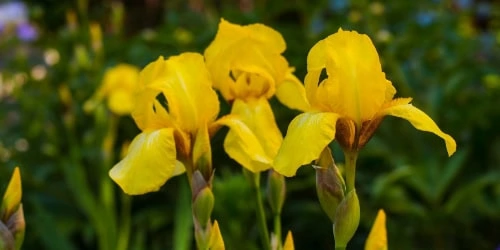
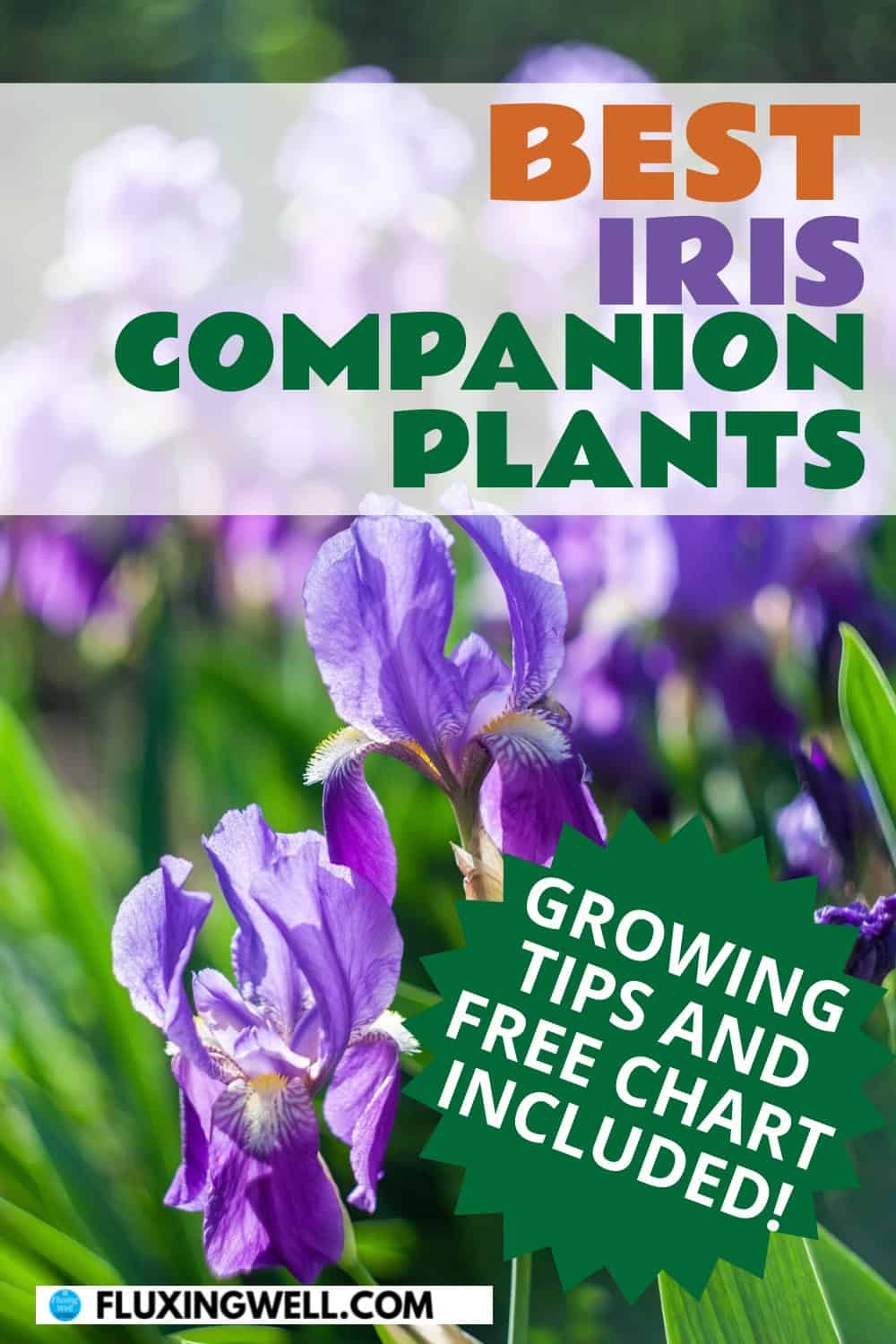
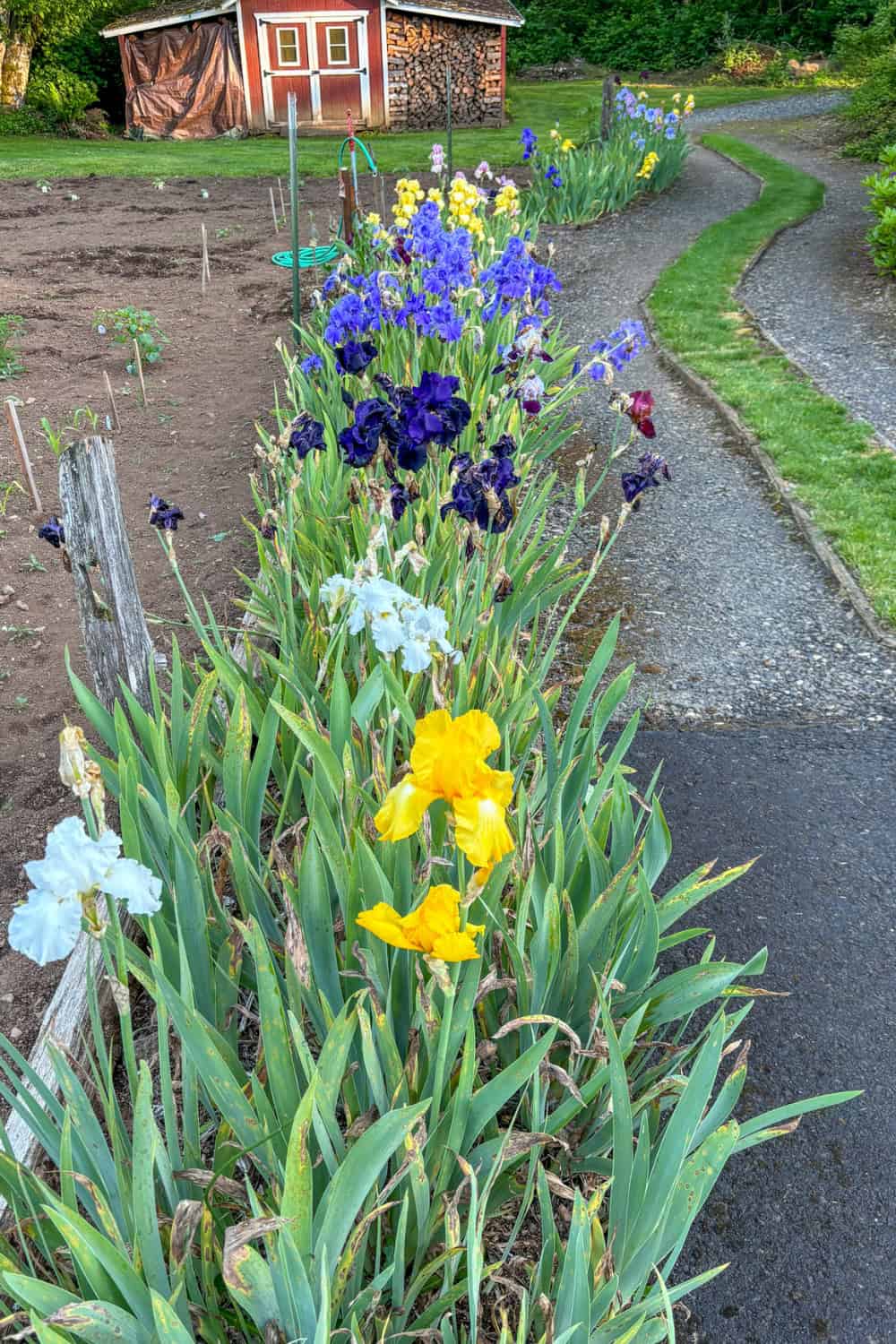
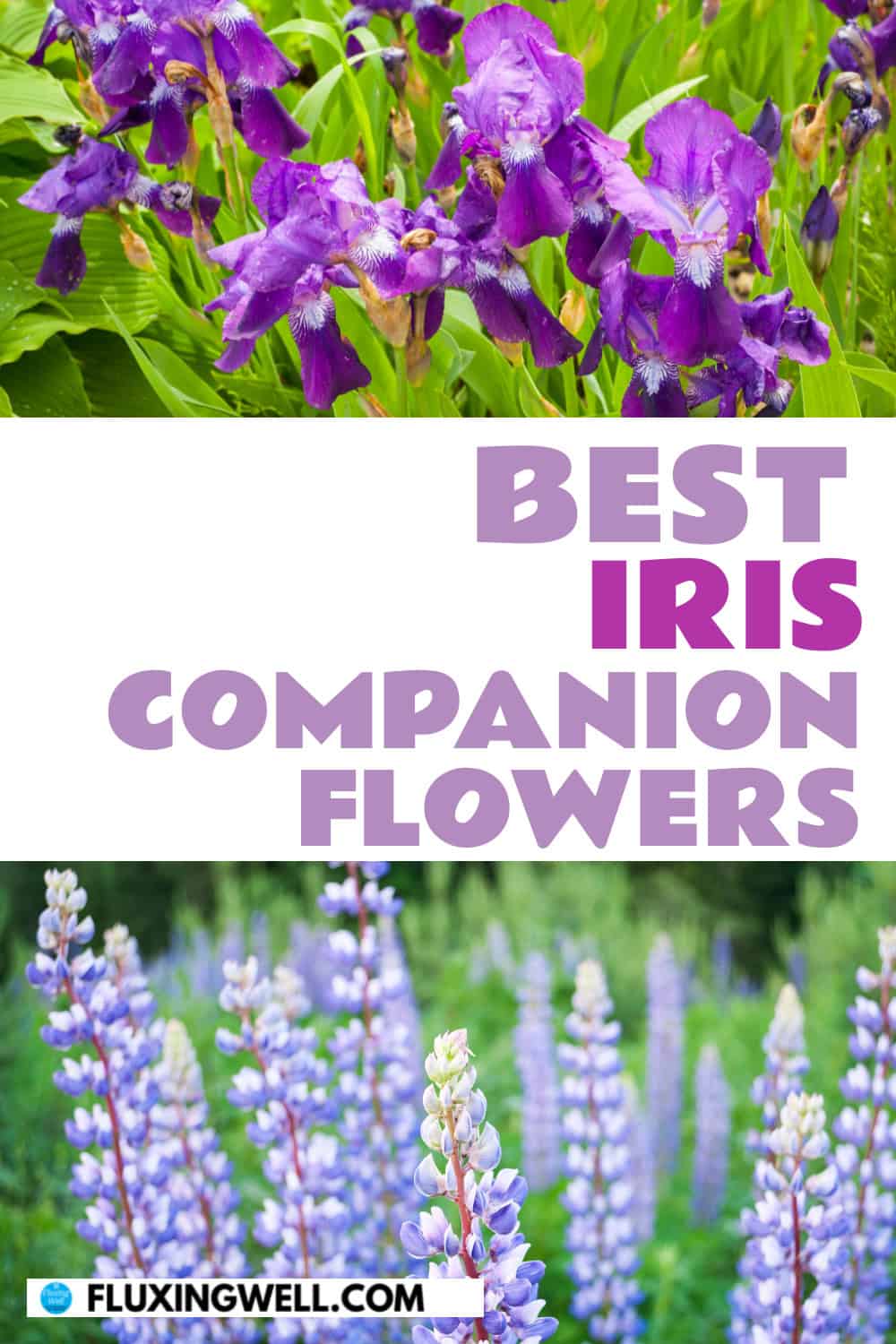
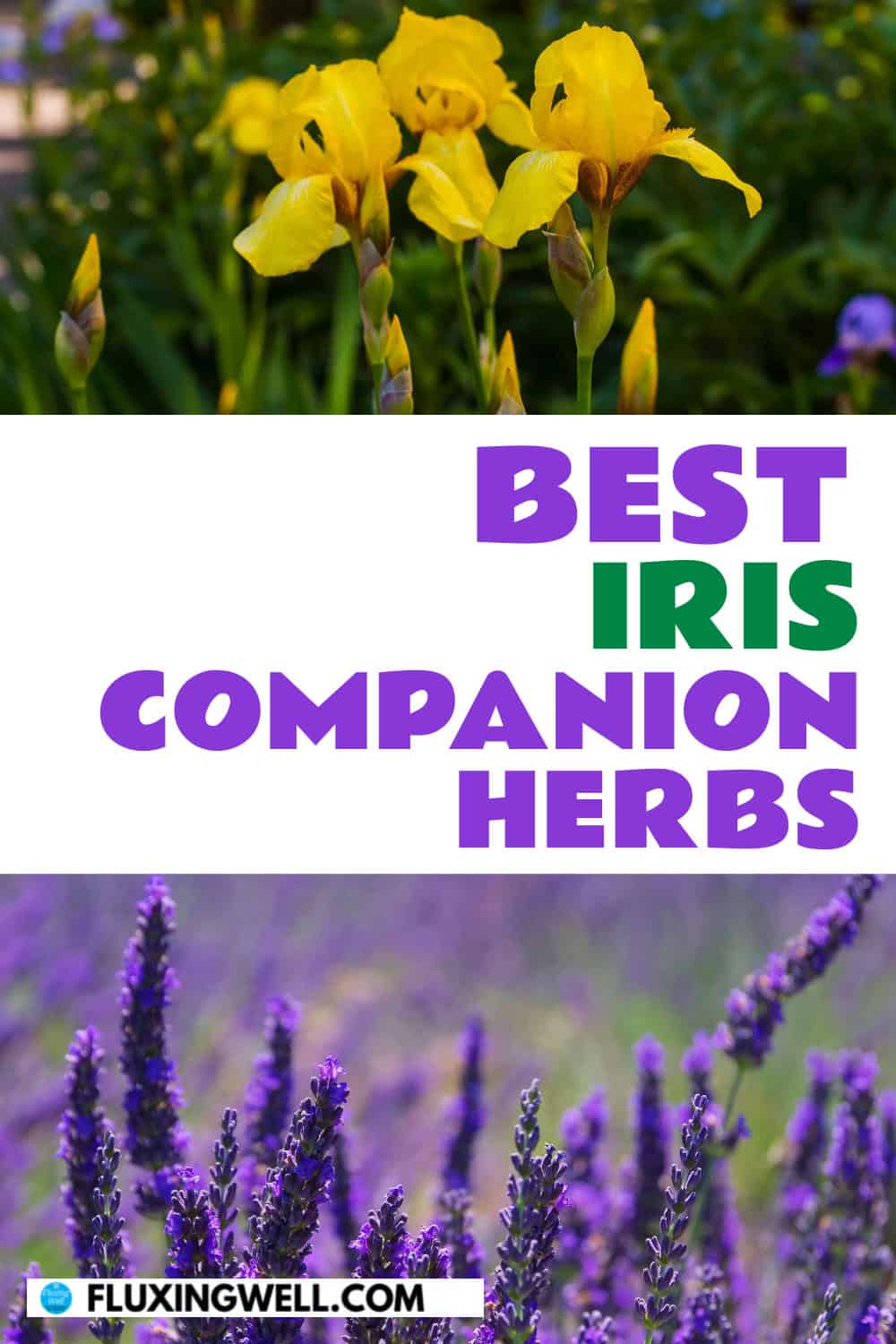
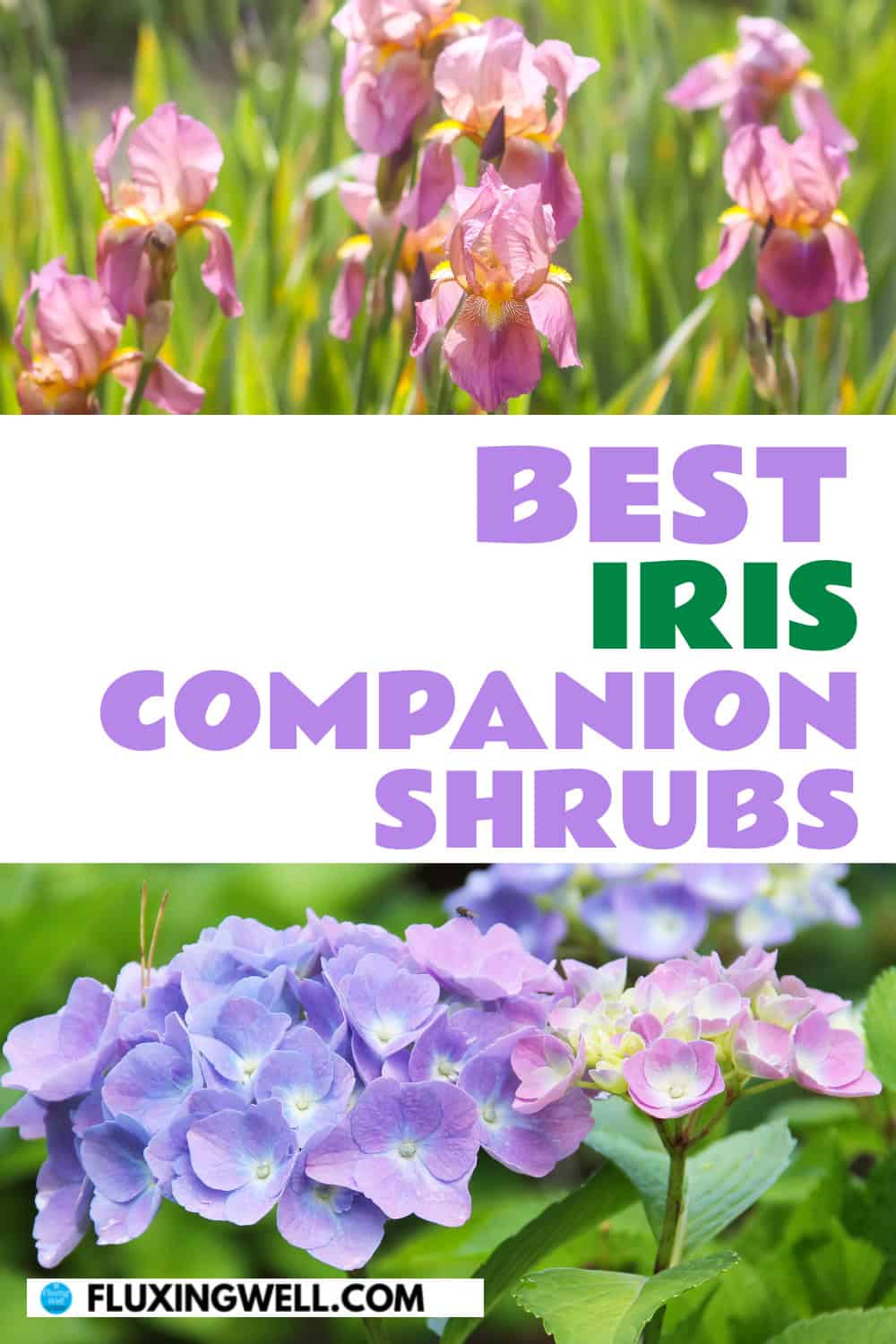
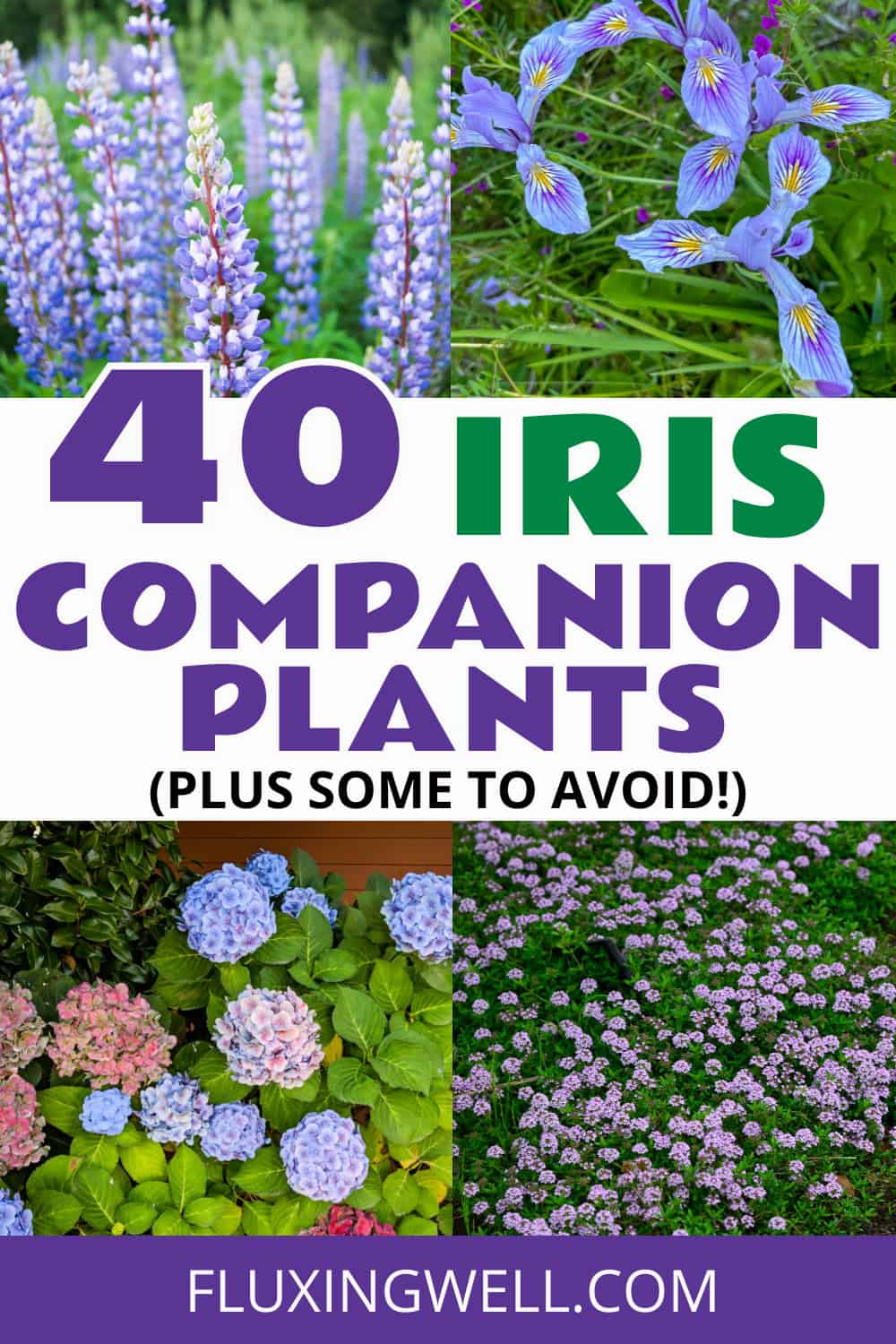
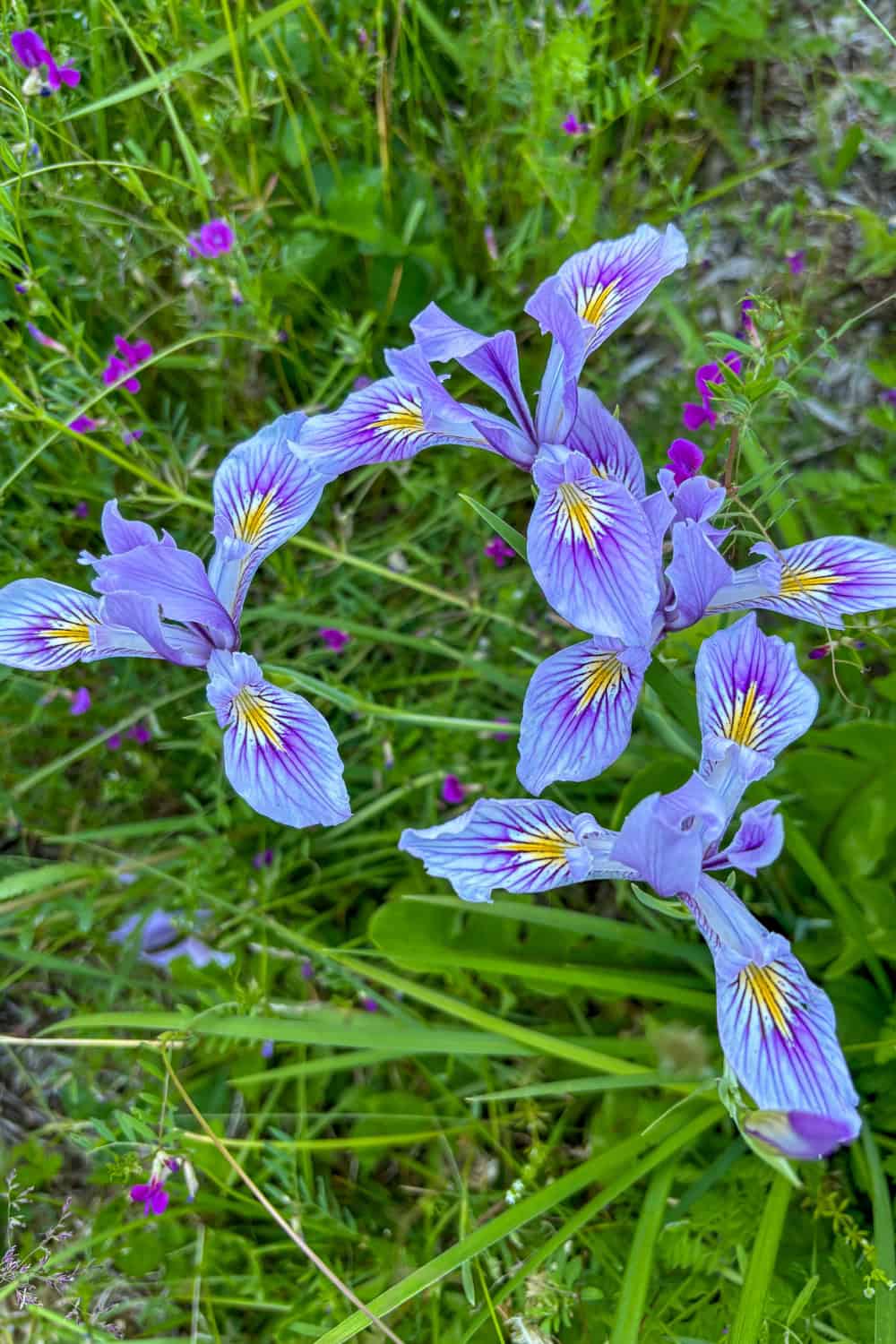
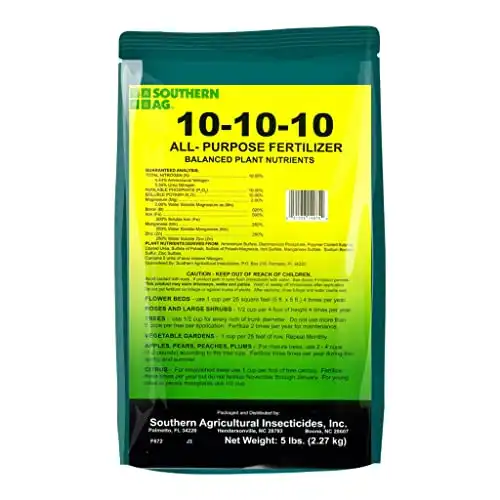
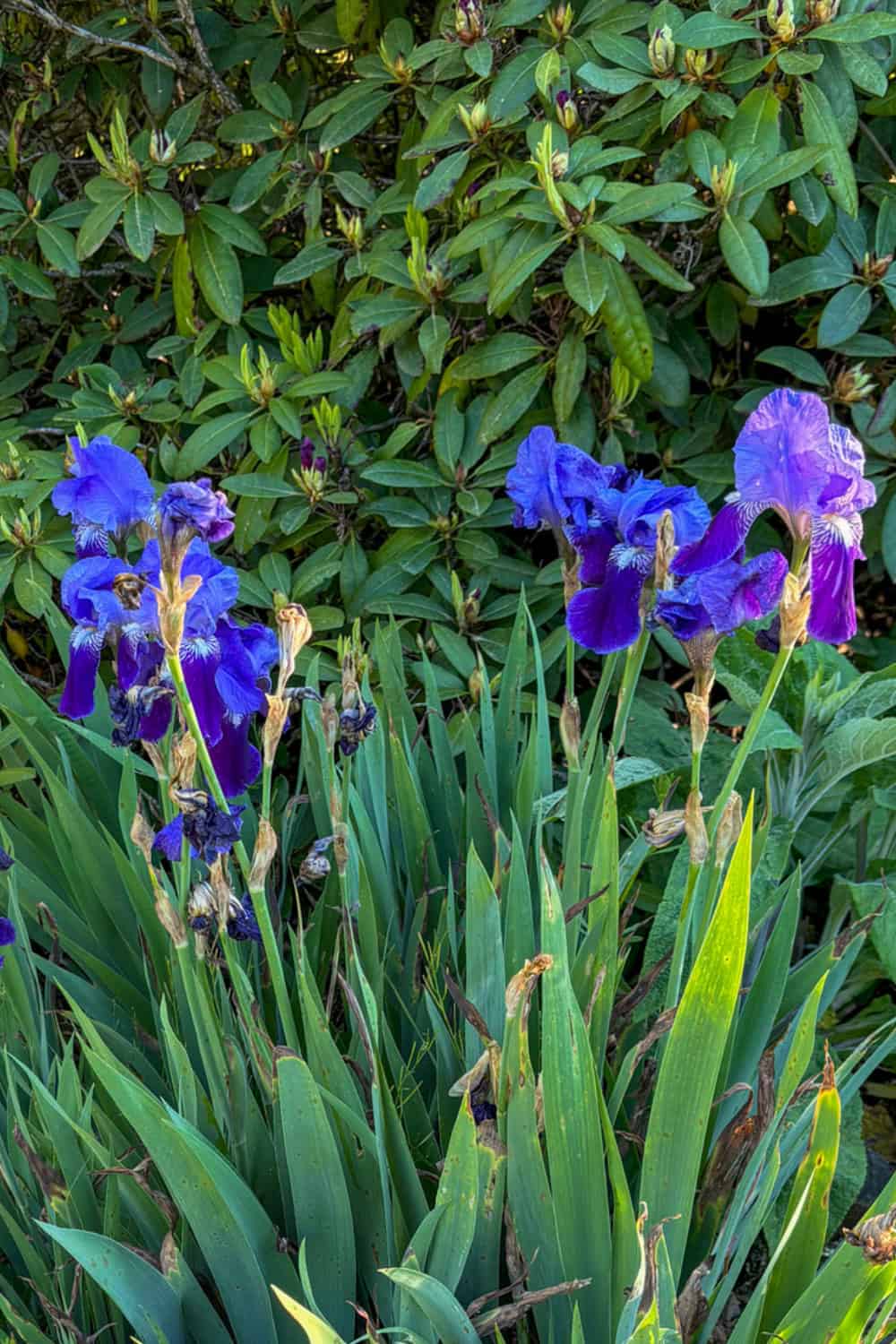


Thanks a lot for sharing this list of top 40 companion plants for a stunning Iris garden. The tips are super helpful indeed.
Great! I hope you enjoy planting irises with excellent companion plants.
Very helpful tips on the top 40 iris companion plants and those plants to avoid as well. It’s a great idea to pair irises with herbs to create a beautiful and functional garden. It’s a huge bonus that they help deter pests, fill in spaces while attracting pollinators.
Yes, irises are definitely beneficial to our garden. Plus, the slugs don’t like them, which is a huge bonus.
Irises are so beautiful, and this is great information on companion plants for irises. I appreciate the tips on dividing them—thank you!
You are most welcome. Irises make a great gift for someone who is landscaping a yard.
I love irises! Thank you for this list of best iris companion plants. I will use it as a reference when I divide my irises and plant them around the yard.
Great! I’m glad you found this list of iris companion plants helpful.